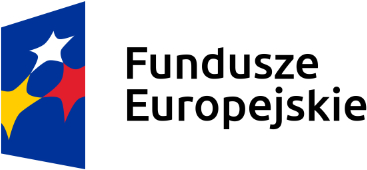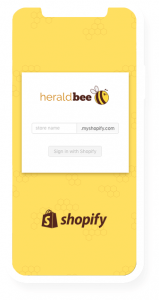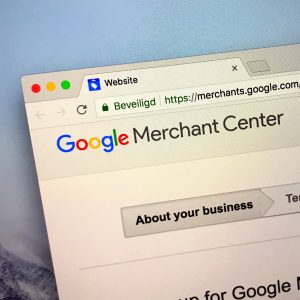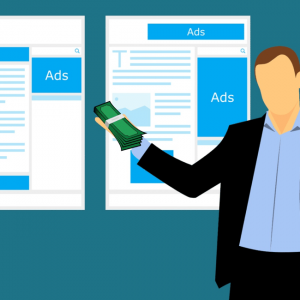7 Quick and Simple Guidelines on How to Successfully Optimize One’s Product Campaigns
Many people dream of running their own business. The most common solution seems to be starting a shop. While some individuals choose an investment in brick and mortar shops, others opt for more modern solutions, online shops. Though methods of running a business differ, there is one thing that both have in common, namely, a purpose – to increase profit. How to do it? One of the ways is to use Google Ads. As long as a PLA campaign is well-optimized, selling and earning money should be easy. The question is how to optimize the campaign successfully? Here are the most important guidelines.
1. Rate setting strategy
Google Ads makes it possible to choose bid strategy one would like to adapt to settle their accounts. The choice depends on the established marketing for the online shop (goal) and budget, as well as skills and time. One may decide on one of three types of bidding methods:
- auto-bid setting (smart bidding) done by Google Ads according to the chosen goals (e.g., ROAS, CPA);
- manual bidding;
- enhanced CPC (cost per click), which is an indirect form of rate setting that combines manual bidding with a smart bidding strategy, allowing one to have more control over their rates than with automatic settings. Note: include conversion targets in Google Ads before applying this strategy. Without them, it is impossible to set an enhanced CPC. For product campaigns, a minimum of 200 clicks per product group is recommended for the best functioning of the strategy.
2. Product File Optimization
A well-configured product file is a key to the success of a product campaign, therefore don’t neglect it. A well-filled product feed will not only allow for the correct display of products but will also ensure a better adjustment to the expectations of users. Make sure that the following parameters are included in the product description:
- the correct name of the product;
- size;
- color;
- shipping costs;
- promotional pricing.
3. Exclusion Of Given Keywords
A useful feature of product campaigns is that it enables one to exclude given keywords. Doing so prevents one’s products from being displayed together with products with a similar name and which one’s online shop does not offer.
*
Do you want to drive new traffic to your website? Start Google Shopping campaign with Heraldbee!
*
4. Products Categories In Google Merchant Center
To reduce the costs of running an online shop, it is worth creating product categories from the product file. They can be used to adjust bids in Google Ads. Categories can be set automatically or manually, using the rules available in Google Merchant Center. The system makes it also possible to adjust bids by dividing the assortment with custom labels (e.g., by product price or type).
5. High- And Low-Priority Campaigns
To optimize the budget, it is advisable to create two separate product campaigns, one with top priority and the other with low priority. The former would display products with top priority and for lower prices for general web searches (e.g., running shoes), while the latter would respond to specific product features (e.g., men’s black running shoes Adidas size 44), namely, low-priority products for higher prices. To make those campaigns work, remember to exclude general phrases in a low-priority campaign and high-priority phrases in a high-priority one.
In this way, it is possible to avoid exhausting the product campaign budget at the very beginning of the pipeline. Advertisements will only appear when the user specifies what product they want to buy (e.g., brand and model).
6. Devices
There are two main types of customers, people who buy goods/services using their PCs and those who prefer mobile solutions. Therefore, it is vital to make sure to check which device is the source of the most transactions in one’s online shop. If one of the shopping methods prevails, adjust product prices, support one or the other method with discount pricing or something in a similar manner.
7. Remarketing
Getting new customers is an important step, but trying to attract old one as well. Thus, think of remarketing, creating lists of individuals who visited the shop within a few days, a month or a longer period. It is also worth keeping track of what they were interested in, whether they finished their transaction or not, and adjust the offer to their demands. Within reason, of course:)
Guidelines Summary
Be venturesome. Increase your profits. Some of the above guidelines on how optimizing product campaigns may seem obvious but do not dismiss them. The forewarned is forearmed. Sometimes, even nuances make a difference, one endeavor ending in a great success while the other turning into a failure.
Related articles:
Google Shopping Campaigns Guide: Best Practices, Tips & Tricks
New to Google Shopping? Read These 9 Tips To Own It












Muhammad
How can I be link with international standard of advertising my product?